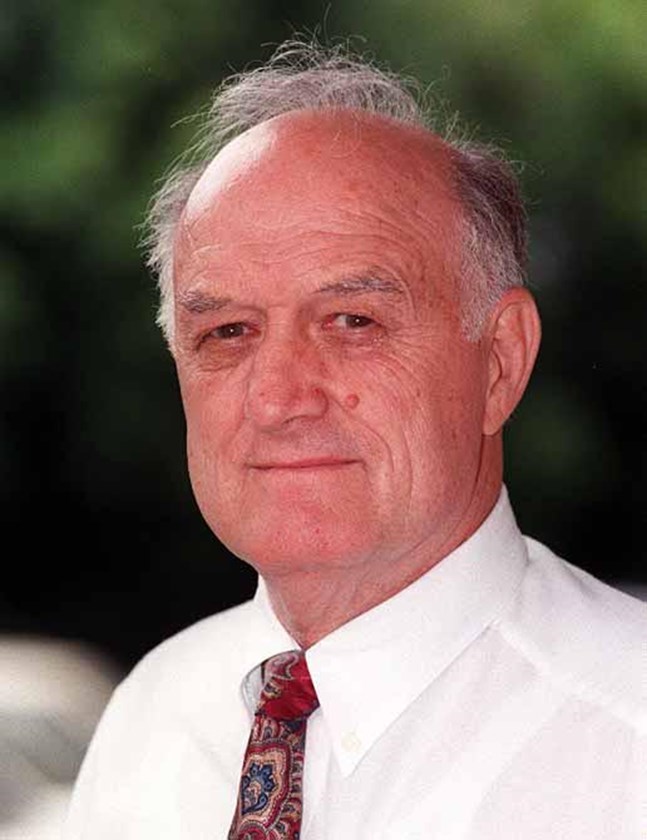To ensure the best outcomes for the investment, ACEM urges the WA government to work with on-the-ground emergency clinicians during the implementation of the 17 initiatives aimed at reducing hospital demand pressures in the short-term, and into the future.
There must also be careful resource allocation across the state to ensure communities in rural and regional areas, which are experiencing health system pressures more significantly than urban areas, receive equitable access to healthcare.
The College extends its gratitude to the Minister for Health, the Hon. Amber-Jade Sanderson, and the Western Australian Government, for their understanding and acknowledgement of the interconnected, systemic issues that lead to ambulance ramping, and dangerous overcrowding in hospitals.
If properly coordinated and delivered, aspects of the package could provide tangible improvements to the emergency health system.
In particular, the $18.2 million investment in real-time data capability is strongly welcomed by ACEM, as this is a highly needed initiative that could support the adequate management of system pressures and improve the flow of patients through emergency departments (EDs).
This measure should include ACEM’s Hospital Access Targets (HAT), an effective access measure that describes three patient streams for patients presenting to EDs, and sets distinct time-based targets for each stream. We would encourage the government to introduce this as an achievable driver for change across the whole health system.
ACEM welcomes the $59.5 million pledged to create 120 aged-care beds aimed at supporting the transition of older patients out of hospital. This initiative could have a tangible effect on access block for all patients and ensure the better provision of acute care for older persons in WA.
ACEM also welcomes the $7.7 million to extend the Disability Transition Care Pilot; the $5.8 million for a Long Stay Patient Fund and the $1.1 million for an additional five Transitional Accommodation Program places for adults with complex care needs.
However, while the $55.8 million to embed 24/7 registered nurses across 15 metropolitan and regional Emergency Department waiting rooms is welcome, it must be noted that this is not a solution for access block, as access block is caused by systemic issues related to the patient journey after the ED.
ACEM also has some reservations about the investment in telehealth emergency medicine and the Virtual Emergency Medicine pilot. While innovative solutions are commendable, these could potentially present increased levels of risk – to patients and clinicians. They can also run the risk of creating a ‘double-up’ in assessment or treatment of some patients as many patients will still require treatment on-the-ground. These initiatives can potentially be useful in reducing demand on emergency departments if they are strongly consumer-focussed and clinician-led.
As the peak body for emergency medicine in Western Australia, the College anticipates an invitation to the Ministerial Taskforce to ensure on-the-ground emergency clinicians can use their real-life understanding of the issues to support the best clinical outcomes from this investment.
ACEM also encourages the government to work with those on the frontline to determine any further investments related to the acute health system.
ACEM is contacting Ms Sanderson to discuss these matters further.
ACEM WA Faculty Chair Dr Peter Allely said, “We are pleased that the WA government understands the interconnected, systemic issues that lead to ambulance ramping, access block and dangerous overcrowding in hospitals.”
“With proper coordination, and with input from those working on the frontline, these investments could see improvements to the dangerous issues plaguing the health system. We encourage the WA health minister, Ms Sanderson, to engage with the College on the next steps.”
Background:
ACEM is the peak body for emergency medicine in Australia and New Zealand, responsible for training emergency physicians and advancement of professional standards. www.acem.org.au








